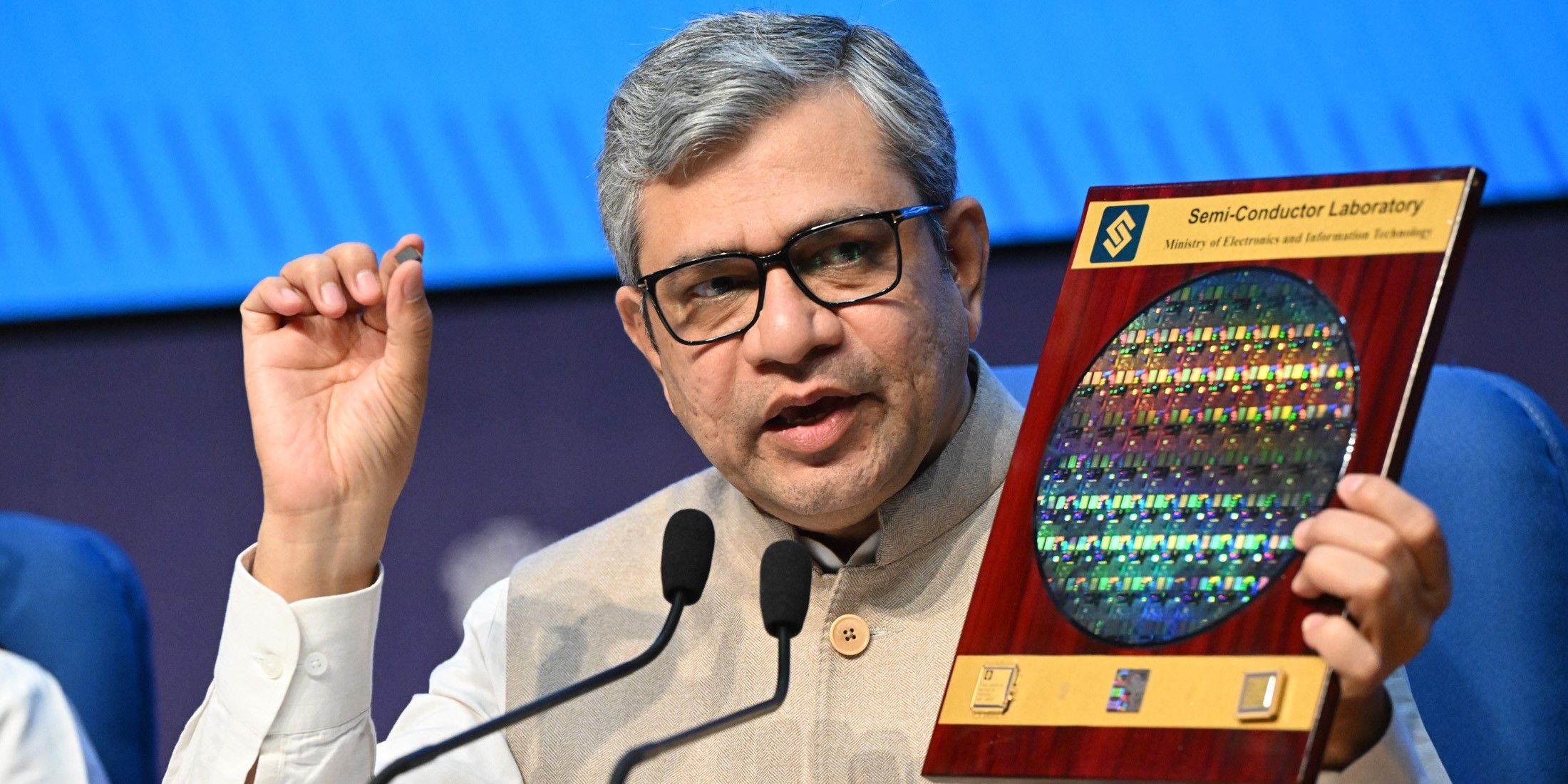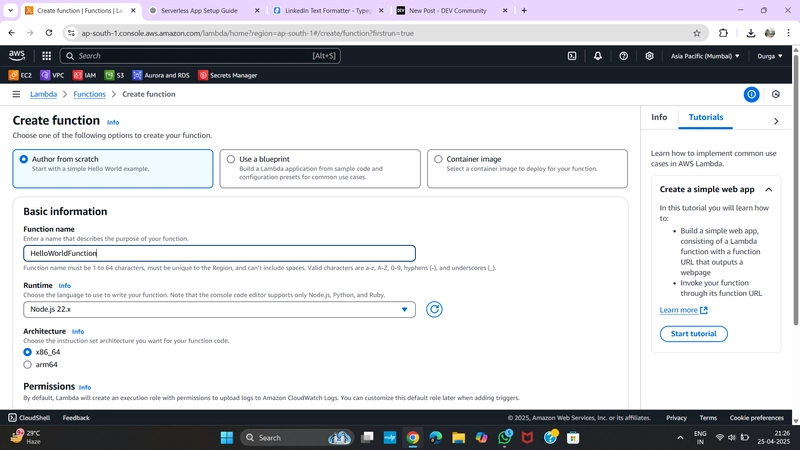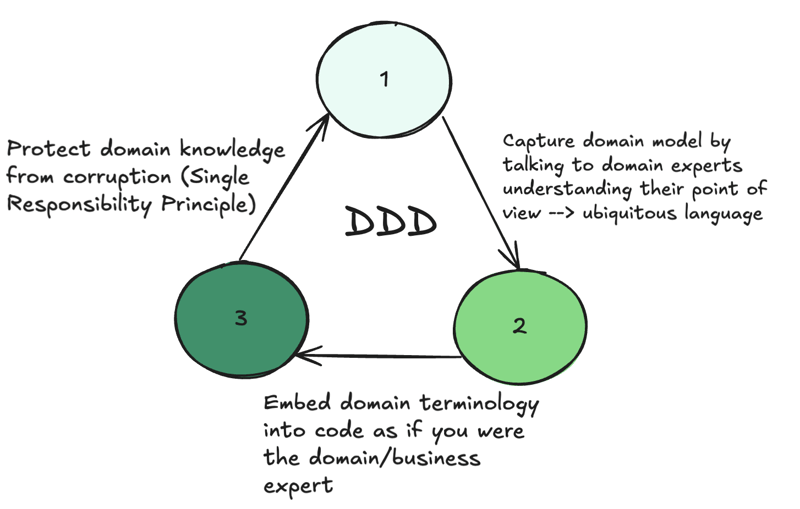Create Your First Serverless AWS Lambda Function (Node.js)
Create Your First Serverless AWS Lambda Function (Node.js) Serverless computing is revolutionizing the way we build and deploy applications. Instead of managing servers, developers can focus on writing code that automatically scales, pays only for what’s used, and integrates seamlessly with cloud ecosystems. AWS Lambda is one of the most popular serverless platforms, allowing you to run your code without provisioning or managing servers. In this blog post, I will guide you through creating your very first AWS Lambda function using Node.js, which simply returns a “Hello from Serverless!” message. Step 1: Navigate to AWS Lambda Console Go to the AWS Management Console and search for Lambda. Click on Create function to get started. Step 2: Create a Lambda Function You will see the “Create function” page with multiple options. For this tutorial: Choose Author from scratch. Provide a function name, e.g., helloServerless. Choose Node.js 18.x (or latest available) as the runtime. Leave the rest as default. Then click Create function at the bottom. Step 3: Add Simple Code to Lambda In the function code editor, add the following Node.js code: exports.handler = async (event) => { const response = { statusCode: 200, body: JSON.stringify('Hello from Serverless!'), }; return response; }; This handler simply returns a JSON string with your message and an HTTP 200 status. After pasting the code, click Deploy to save and activate your function. Step 4: Test Your Lambda Function Next, test the function by clicking on the Test button. Create a new test event. Name it testHello (or any name). Leave the default event JSON as-is. Click Create and then Test. You should see the Execution result section show your response: { "statusCode": 200, "body": "\"Hello from Serverless!\"" } Step 5: View Logs in CloudWatch AWS Lambda automatically integrates with CloudWatch Logs. Scroll down to the Monitor tab and click View logs in CloudWatch to see execution logs. This helps you debug and monitor your Lambda functions. Conclusion Congratulations! You just created and tested your first AWS Lambda function that returns a simple "Hello from Serverless!" message. AWS Lambda allows you to build scalable and cost-effective serverless applications. You can now extend this function to integrate with APIs, databases, and other AWS services, unlocking powerful cloud-native architectures. Stay tuned for more tutorials on serverless development!

Create Your First Serverless AWS Lambda Function (Node.js)
Serverless computing is revolutionizing the way we build and deploy applications. Instead of managing servers, developers can focus on writing code that automatically scales, pays only for what’s used, and integrates seamlessly with cloud ecosystems.
AWS Lambda is one of the most popular serverless platforms, allowing you to run your code without provisioning or managing servers.
In this blog post, I will guide you through creating your very first AWS Lambda function using Node.js, which simply returns a “Hello from Serverless!” message.
Step 1: Navigate to AWS Lambda Console
Go to the AWS Management Console and search for Lambda.
Click on Create function to get started.
Step 2: Create a Lambda Function
You will see the “Create function” page with multiple options. For this tutorial:
- Choose Author from scratch.
- Provide a function name, e.g.,
helloServerless. - Choose Node.js 18.x (or latest available) as the runtime.
- Leave the rest as default.
Then click Create function at the bottom.
Step 3: Add Simple Code to Lambda
In the function code editor, add the following Node.js code:
exports.handler = async (event) => {
const response = {
statusCode: 200,
body: JSON.stringify('Hello from Serverless!'),
};
return response;
};
This handler simply returns a JSON string with your message and an HTTP 200 status.
After pasting the code, click Deploy to save and activate your function.
Step 4: Test Your Lambda Function
Next, test the function by clicking on the Test button.
- Create a new test event.
- Name it
testHello(or any name). - Leave the default event JSON as-is.
- Click Create and then Test.
You should see the Execution result section show your response:
{
"statusCode": 200,
"body": "\"Hello from Serverless!\""
}
Step 5: View Logs in CloudWatch
AWS Lambda automatically integrates with CloudWatch Logs.
Scroll down to the Monitor tab and click View logs in CloudWatch to see execution logs.
This helps you debug and monitor your Lambda functions.
Conclusion
Congratulations! You just created and tested your first AWS Lambda function that returns a simple "Hello from Serverless!" message.
AWS Lambda allows you to build scalable and cost-effective serverless applications. You can now extend this function to integrate with APIs, databases, and other AWS services, unlocking powerful cloud-native architectures.
Stay tuned for more tutorials on serverless development!










































































































































































![[The AI Show Episode 144]: ChatGPT’s New Memory, Shopify CEO’s Leaked “AI First” Memo, Google Cloud Next Releases, o3 and o4-mini Coming Soon & Llama 4’s Rocky Launch](https://www.marketingaiinstitute.com/hubfs/ep%20144%20cover.png)















































































































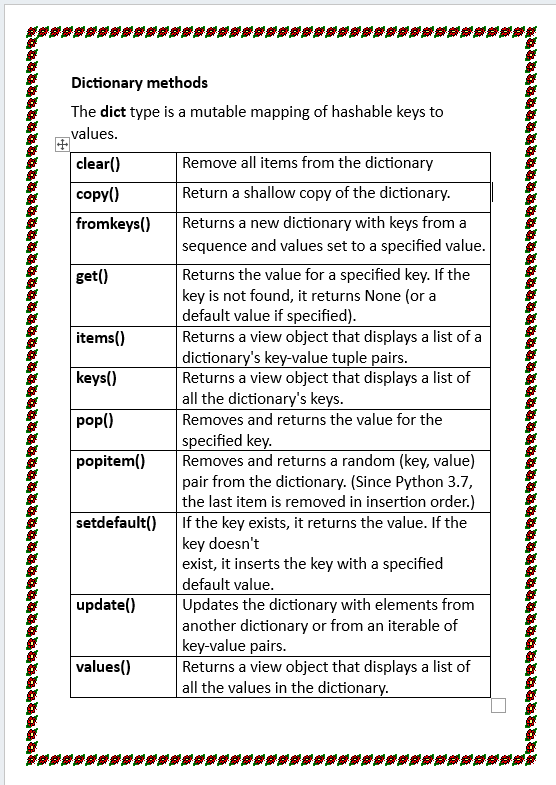

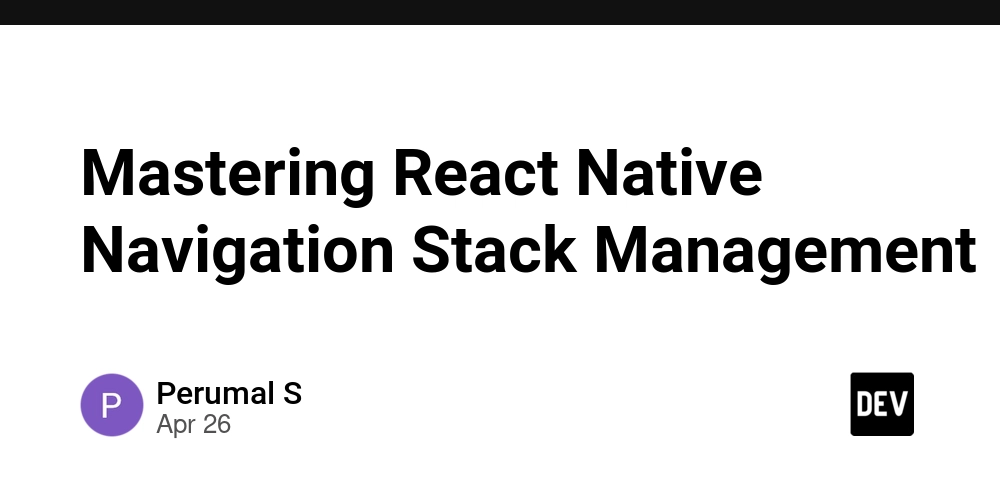
































































.jpg?width=1920&height=1920&fit=bounds&quality=70&format=jpg&auto=webp#)























































































_Olekcii_Mach_Alamy.jpg?width=1280&auto=webp&quality=80&disable=upscale#)



































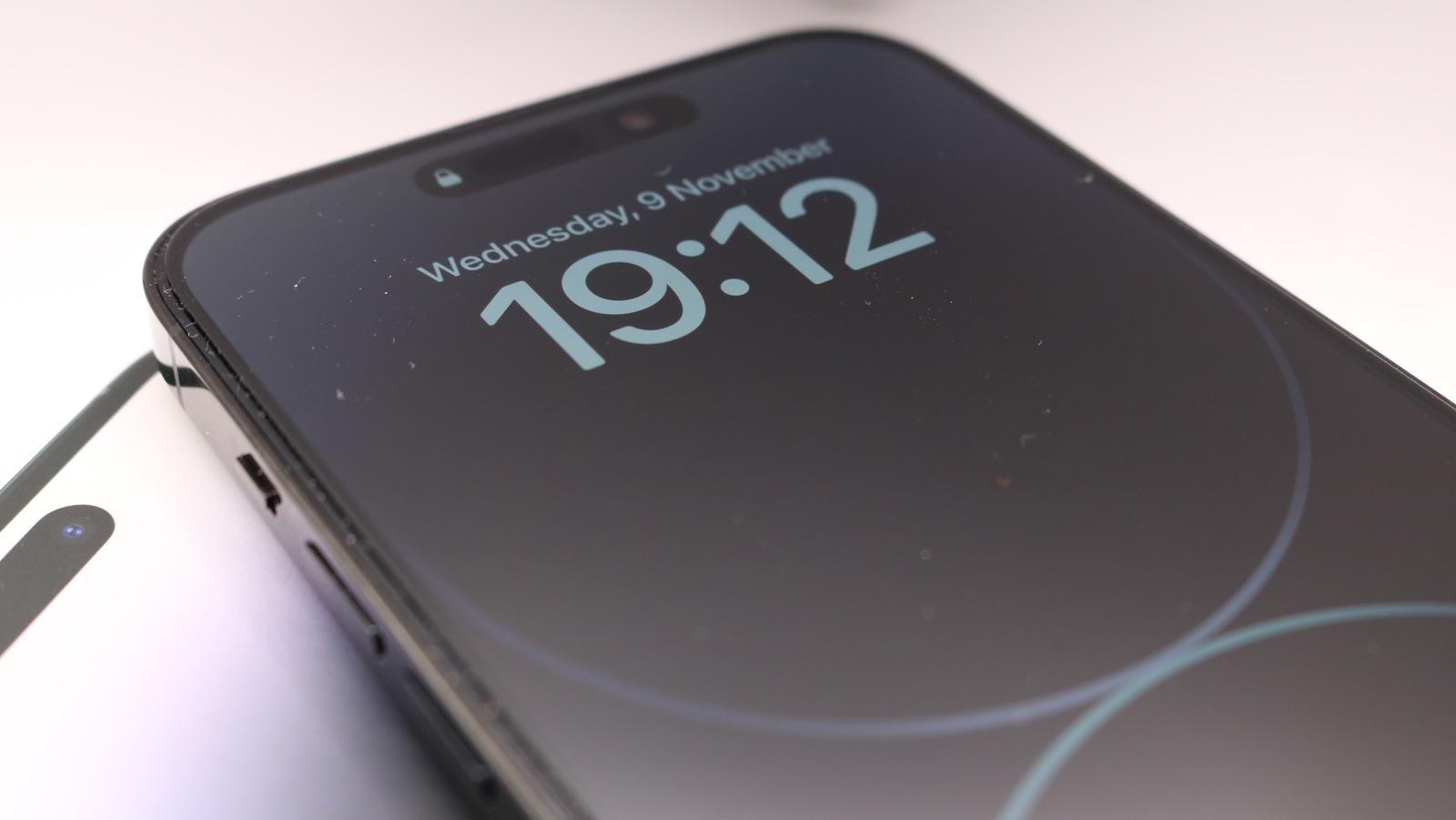
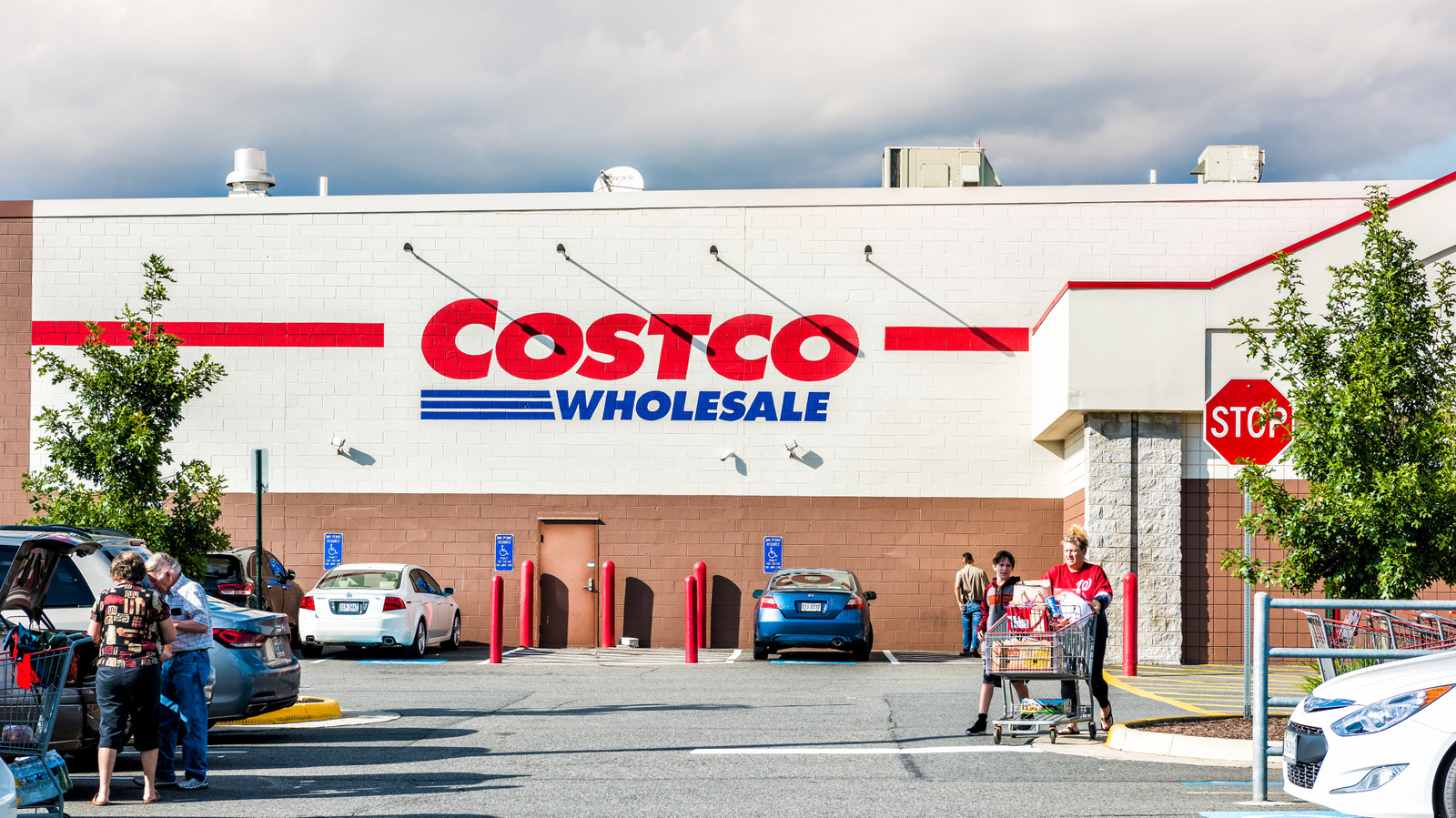








































































![Apple Drops New Immersive Adventure Episode for Vision Pro: 'Hill Climb' [Video]](https://www.iclarified.com/images/news/97133/97133/97133-640.jpg)

![Most iPhones Sold in the U.S. Will Be Made in India by 2026 [Report]](https://www.iclarified.com/images/news/97130/97130/97130-640.jpg)
![Apple to Shift Robotics Unit From AI Division to Hardware Engineering [Report]](https://www.iclarified.com/images/news/97128/97128/97128-640.jpg)





































































